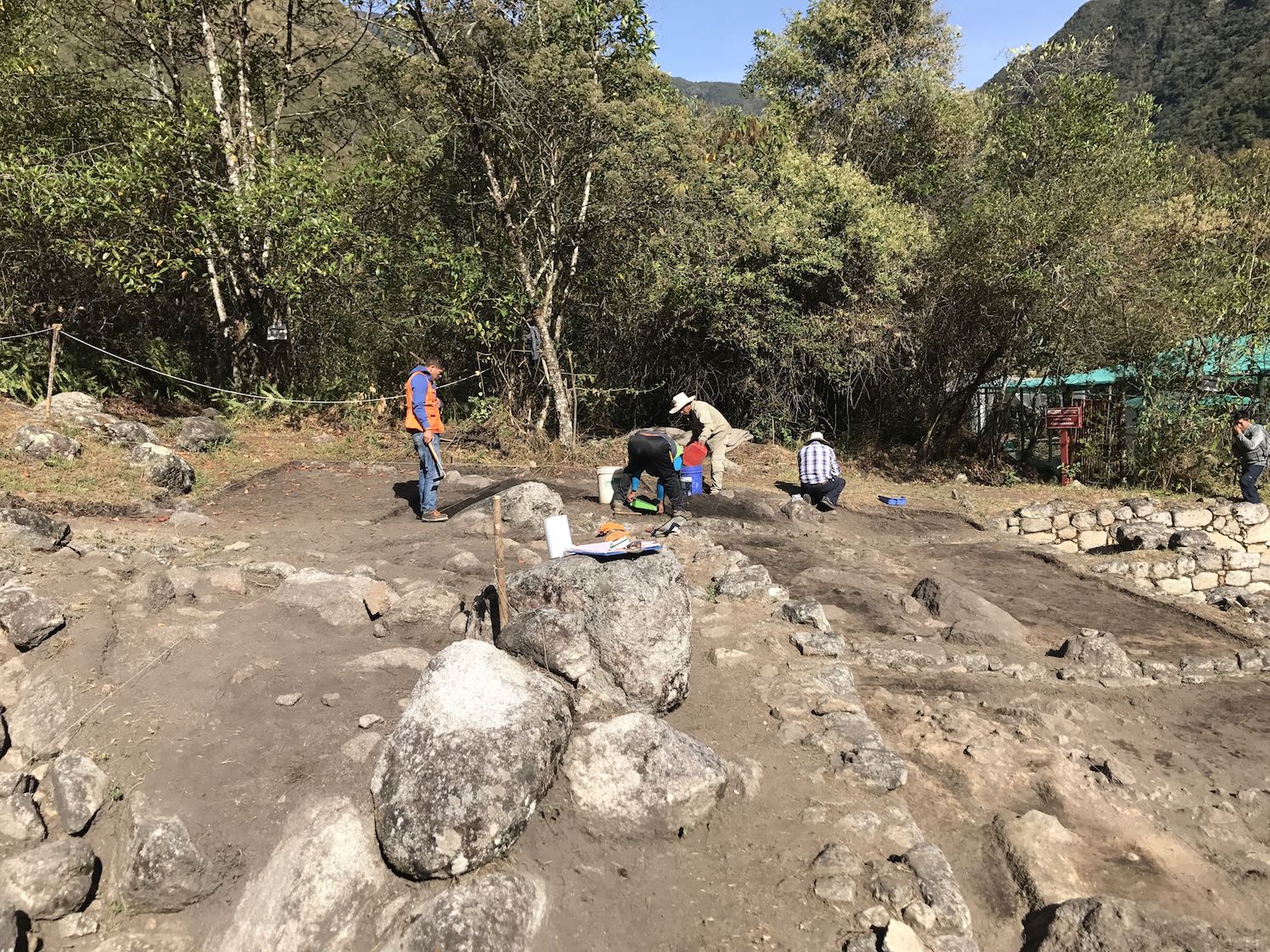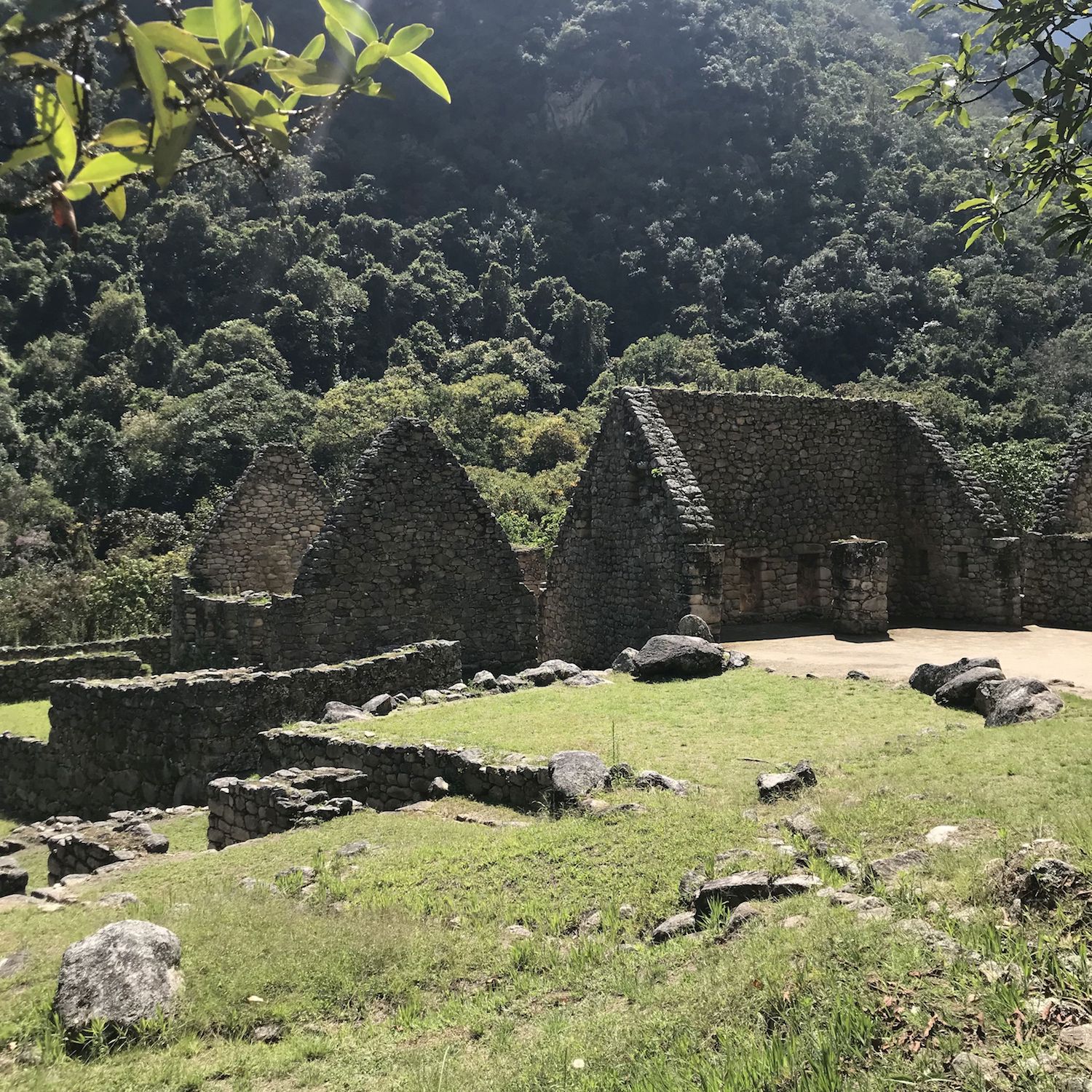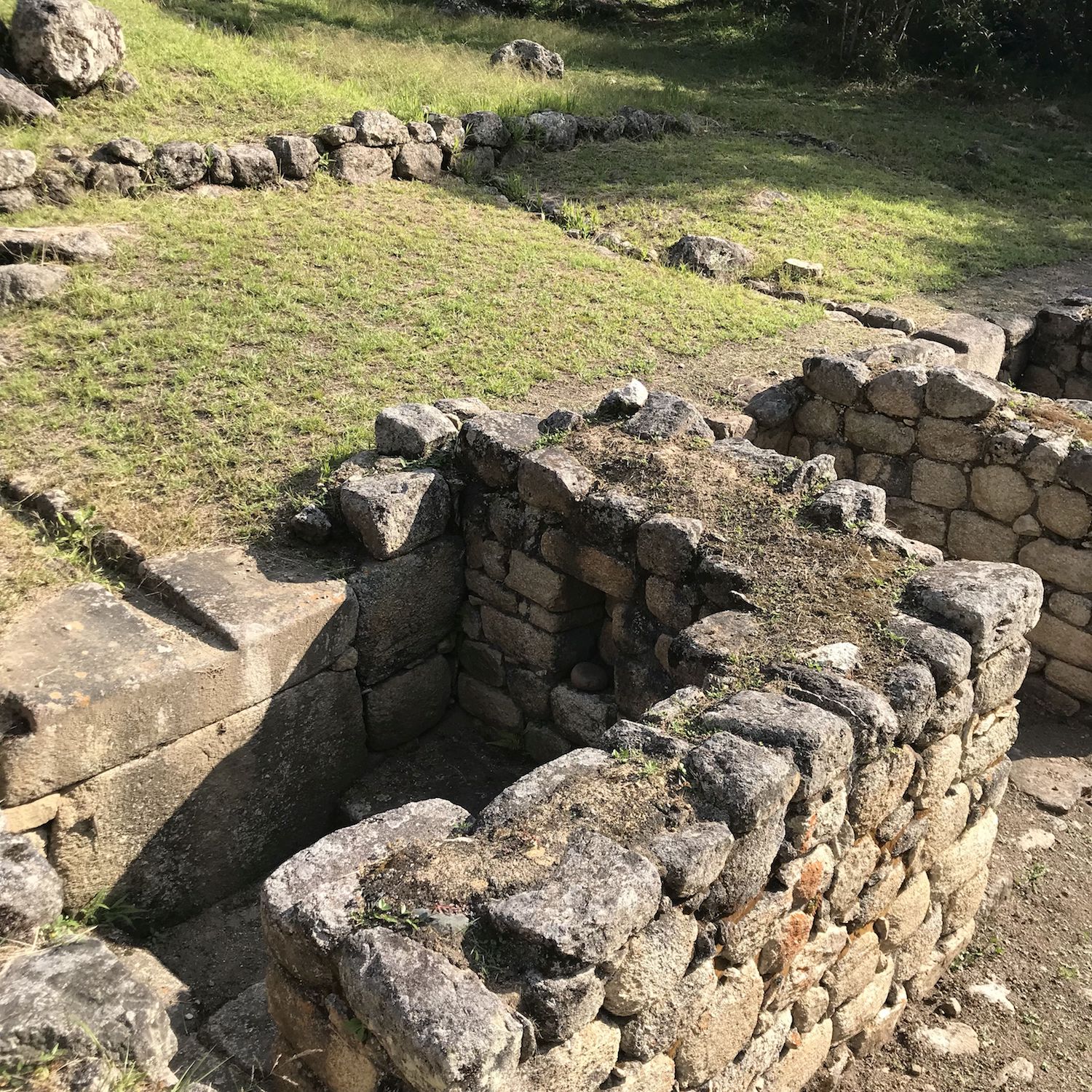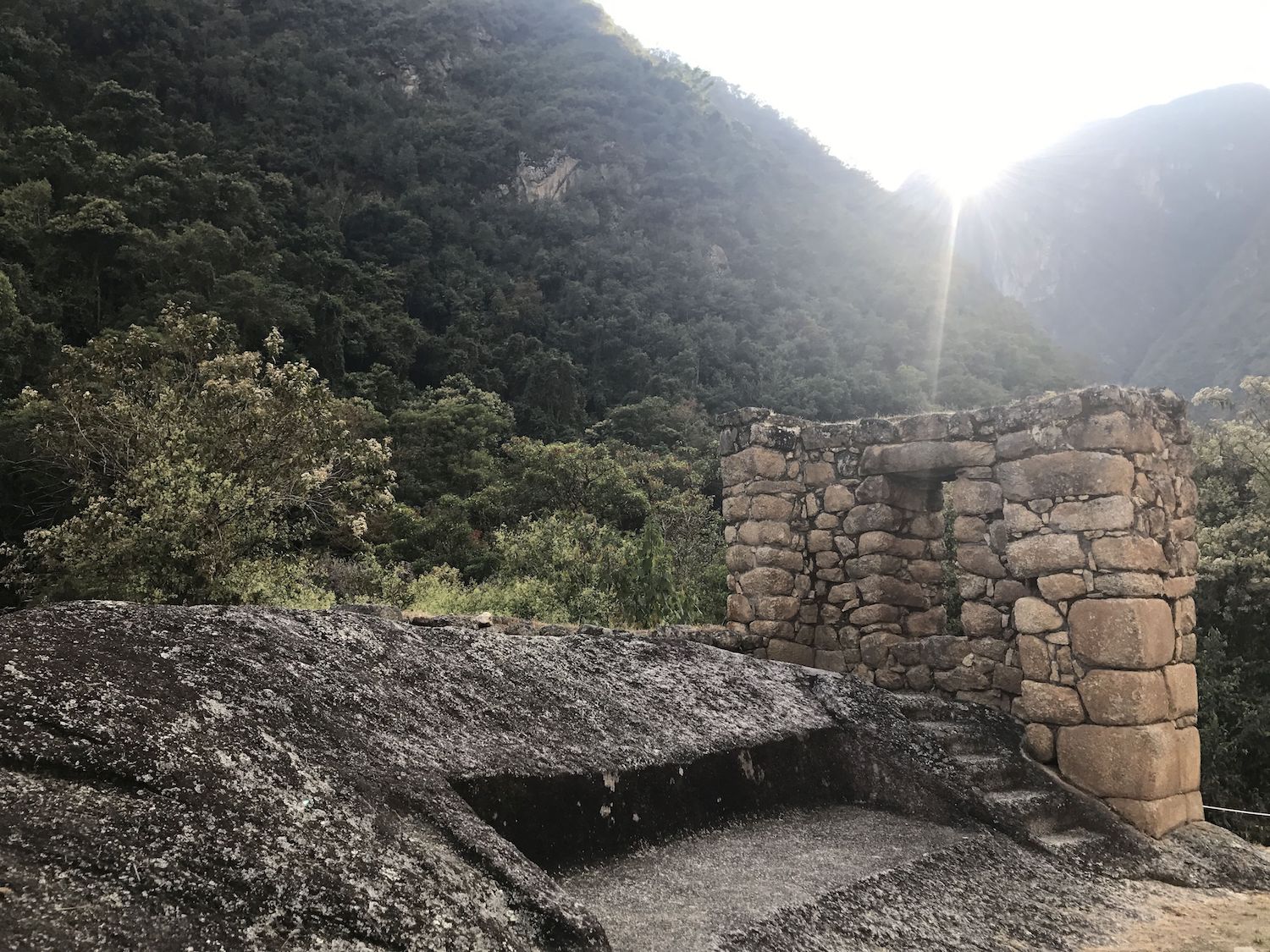Inca Ritual Baths Fed by Waterfall Reveals More of Its Secrets

Deep in Peru's Sacred Valley, a ceremonial Inca complex — complete with a stone altar and 14 baths — sits in a jungle clearing. And now, cutting-edge radar and laser scans, and on-the-ground excavations are revealing just how the Inca built and used these structures more than 500 years ago.
The excavation is a thorough one; ground-penetrating radar detected the foundations of the complex, and billions of laser scans shot from an airborne drone revealed two previously unknown Inca structures hidden in the tropical forest.
Moreover, excavations at the site revealed how the Inca built and used the ceremonial baths, said project researcher Mariusz Ziółkowski, the head of the Center of Andean Studies at the University of Warsaw in Cusco, Peru. [In Photos: Digging Up Incan Fortresses]
New radiocarbon testing suggests that the site dates back to the 15th century, before Europeans landed in the New World, Ziółkowski added.

Researchers have been studying the site, known as Chachabamba, since 1941, when archaeologists discovered terraces, baths and water channels that would have supplied water to the baths, according to historical background in a study by Ziółkowski and his colleagues, published in November 2018 in the journal Surveys in Geophysics.
That 2018 study revealed that Chachabamba was not constructed all at once, but rather in two or more building phases, according to the international team of researchers from Poland and Italy.
Religious center
The international team has been poring over Chachabamba since that study came out, focusing especially on the complex water system that filled its baths. Indeed, the large number of baths and channels indicates that Chachabamba was likely an important religious place for worshipping the water and fertility goddesses, the researchers said.
Sign up for the Live Science daily newsletter now
Get the world’s most fascinating discoveries delivered straight to your inbox.
"This was undoubtedly a site of religious ceremonial use," but probably only used by the Inca elite, and not by the common people, Ziółkowski told Live Science in an email. "The most notable characteristics of the site are the presence of a sculptured sacred rock, probably a "huaca" [a revered monument], and an unusual number of baths."
These baths were likely used for ritual cleansing, "a very important element especially in the various Inca ceremonies, especially during the feast of Citua," the festival of the moon, Ziółkowski said. The Inca found it extremely important to wash away one's sins with water. Afterward, the bathers would discard their old clothes and wear new ones, he added.

The canals that delivered water to the baths were "very advanced," Dominika Sieczkowska, a doctoral student at the Andean Research Center of the University of Warsaw in Cusco, told Science in Poland. "Over time, the complex was expanded and the water supply channels changed."
The source of the water, however, didn't change. This water came from a nearby waterfall. The Inca built a system of waterways made with stone blocks. The system ran partially underground, to supply this water to the ceremonial complex, the researchers said. Then, after it ran through the baths, the water traveled through another drainage system down to a river in the valley below. [In Images: The Mummy of a Murdered Incan Woman]

Chachabamba wasn't the only Inca complex with ritual baths.
"Let us remember that the first meeting of the Spaniards with [Inca emperor] Atahuallpa, the pretender to the Inca throne, happened precisely in a place of function similar to that of Chachabamba," Ziółkowski told Live Science. In that moment of the Old World and New World face-off, Atahuallpa was performing cleansing rituals at Conoc, an Inca site in Peru.
But Conoc didn't have nearly as many baths as Chachabamba. In addition, Chachabamba is known for its layout — the 14 baths are positioned in groups of seven on both sides of the sacred rock, Ziółkowski said.
- Image Gallery: Inca Child Mummies | Llullaillaco Volcano
- Photos: The Amazing Pyramids of Teotihuacan
- In Photos: Amazing Ruins of the Ancient World
Originally published on Live Science.

Laura is the archaeology and Life's Little Mysteries editor at Live Science. She also reports on general science, including paleontology. Her work has appeared in The New York Times, Scholastic, Popular Science and Spectrum, a site on autism research. She has won multiple awards from the Society of Professional Journalists and the Washington Newspaper Publishers Association for her reporting at a weekly newspaper near Seattle. Laura holds a bachelor's degree in English literature and psychology from Washington University in St. Louis and a master's degree in science writing from NYU.










